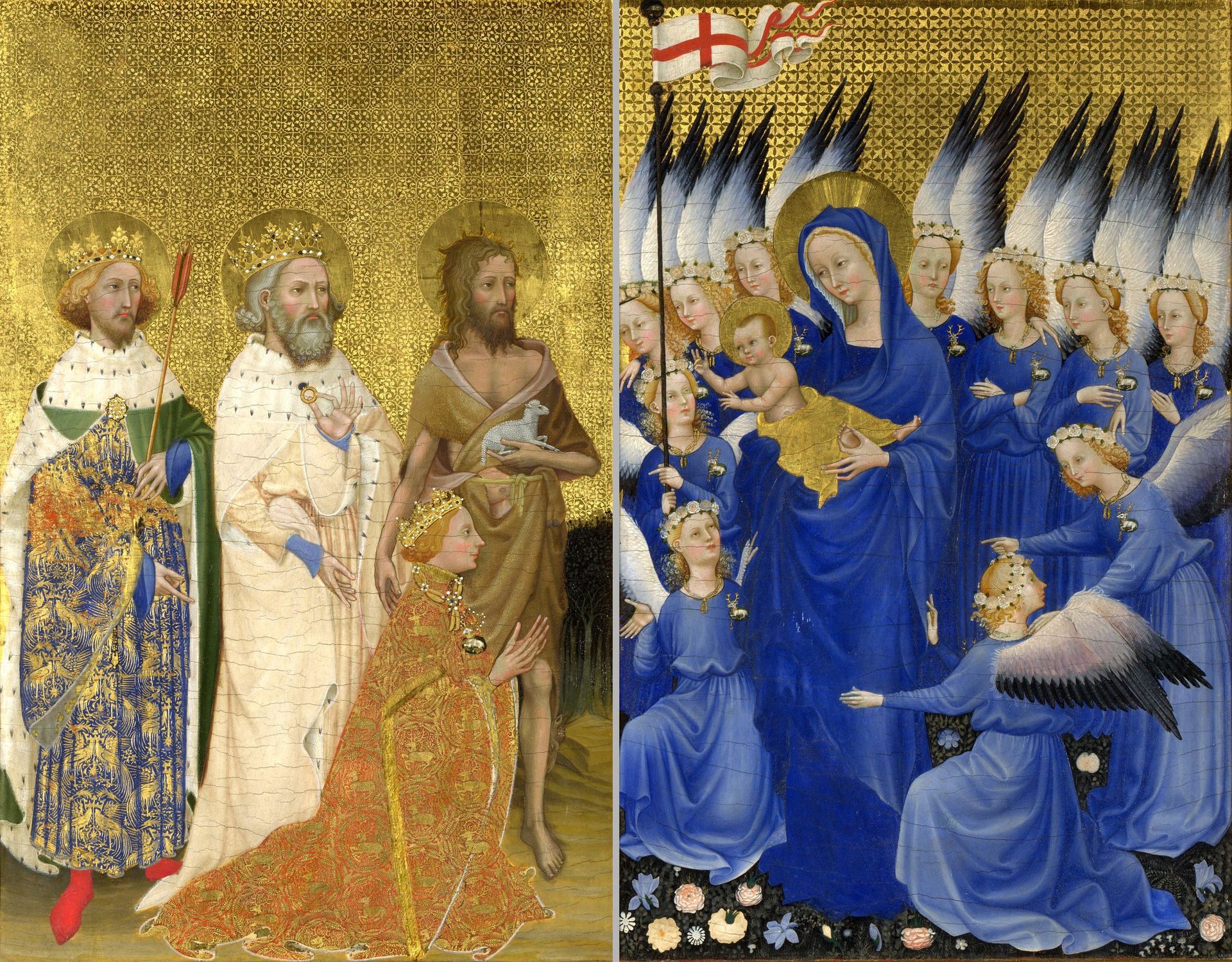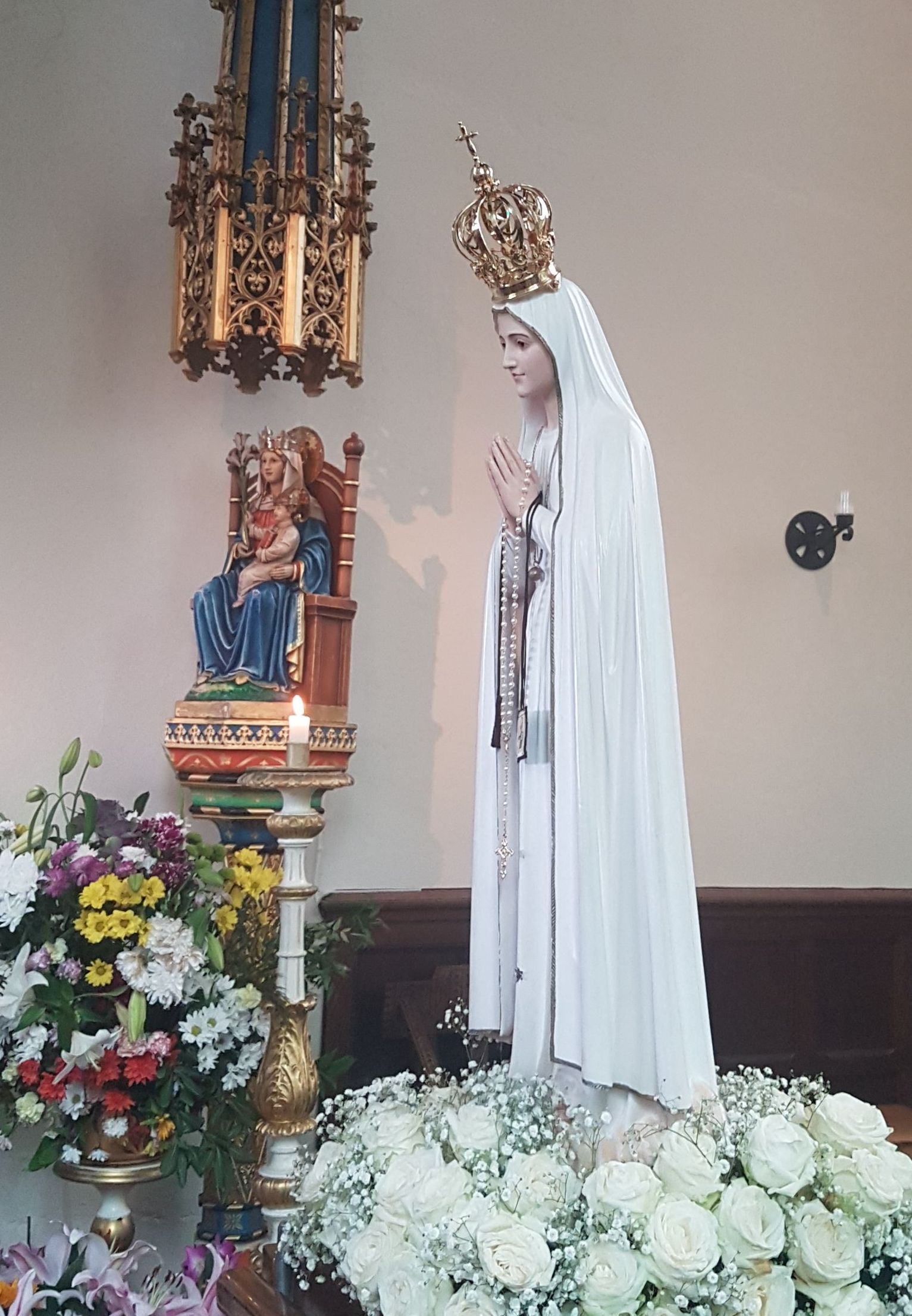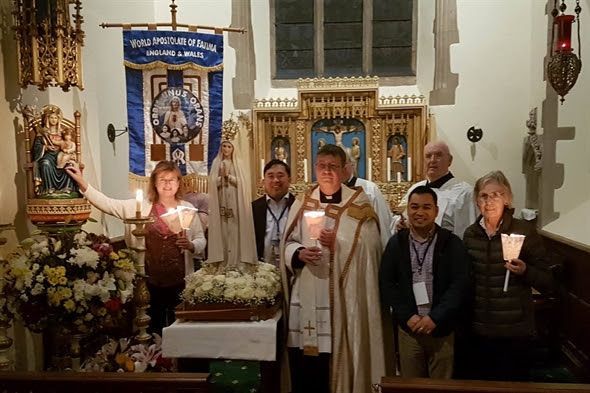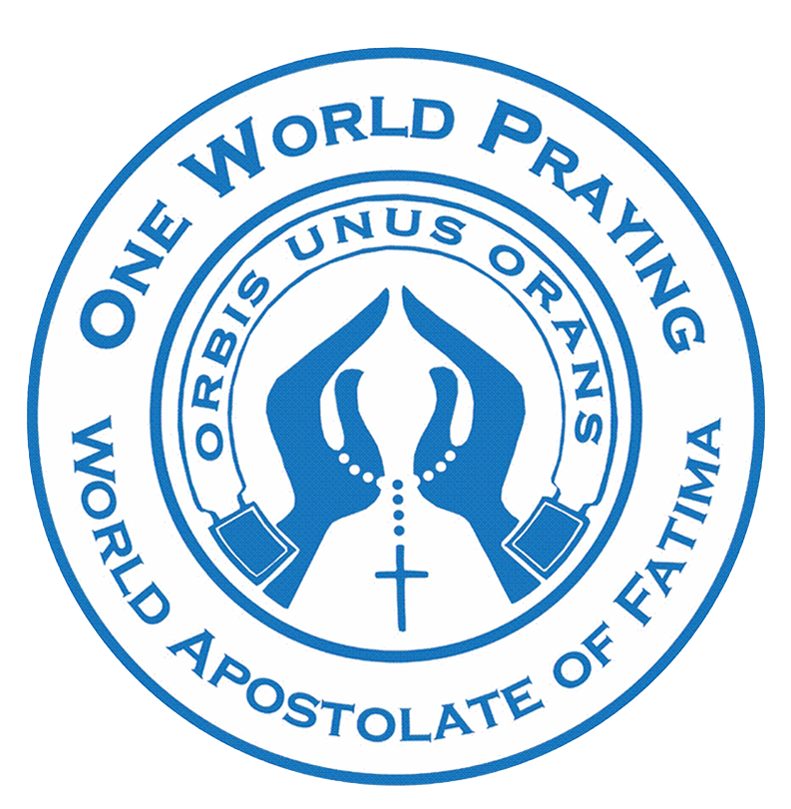The Dowry of Mary
FURTHER REFLECTIONS ON THE COMING TRIUMPH FOR ENGLAND AND WALES
“When England goes back to Walsingham, Our Lady will come back to England” Pope Leo XIII
England is the Dowry of Mary, and so has a special part to play in God’s providential designs. And Wales is associated with England for historical reasons - and now there is a joint hierarchy for England and Wales. Devotion to Our Lady was particularly strong in medieval England – she was seen as the protectress of the country. But the Reformation destroyed that. England, though, is still the Dowry or “special portion of Our Lady, and so we can expect her to have a particular concern for England.
Marian devotion, early English Marian apparitions, and shrines associated with her, contributed to the idea that England was the dowry, or special portion, of Mary, a land particularly dedicated to her, as indicated by the shrines of Glastonbury, Evesham and particularly Walsingham, which became one of the most visited shrines in Europe during the medieval.
Origins and Historical Development
The title emerged during the medieval when Marian devotion was particularly strong in England. By the mid-14th century, it was commonly said that England was "the Virgin's dowry." This notion portrayed Mary as the spiritual guardian of the nation.
In 1381, King Richard II formally consecrated England to Mary during a ceremony at Westminster Abbey. This act of dedication, made during political unrest, declared England as Mary's dowry and sought her protection. The Wilton Diptych, a famous medieval painting, is often associated with this event.
This act took place on the Sunday after Corpus Christi, 1381, in Westminster Abbey, when King Richard II knelt amidst a great throng of his subjects to re-dedicate England to Mary, as her dowry. Westminster was the shrine of St. Edward the Confessor, traditionally held to have been the first to make this dedication and in whose reign Walsingham had been founded.
Archbishop Thomas Arundel reinforced this idea in 1399, describing the English people as "servants of her special inheritance and her own dowry," emphasizing their unique devotion to Mary.


At the end of the Richard's reign, Thomas Arundel, Archbishop of Canterbury, wrote: “The contemplation of the great mystery of the Incarnation has brought all Christian nations to venerate her from whom came the beginnings of Redemption. But we, as the humble servants of her own inheritance and liegemen of her special dower, as we are approved by common parlance, ought to excel all others in favour of our praises and devotion to her.”
This text seems to indicate that this title of “The Dowry of Mary” was commonly being used for England at this time.
And King Richard made at least two pilgrimages to Our Lady’s Shrine in Walsingham and to that of St. Edmund at Bury. The saintly Edmund, king of East Anglia, where Walsingham was situated, had been martyred for the faith by the Vikings in the 9th century.
A hundred years later, the Pynson Ballad centres the spirituality of Walsingham on this same great mystery, seeing the Shrine as the very reason for the title “Dowry of Mary.”
O England, great cause have you to be glad
Compared to the Promised Land
For you are graced to stand in that degree,
Through this glorious lady’s intercession;
To be called in every realm and region
The Holy Land, Our Lady’s Dowry
Thus are you called from all antiquity.
And this is the cause, as appears by comparison.
In you is built New Nazareth, a house
To the honour of the Heavenly Empress
And of her glorious Salutation.
First principle and ground of our Salvation,
When Gabriel said at old Nazareth: Ave!
This joy shall be remembered here each day."
(Ballad of Walsingham, c. 1490)
Church Endorsement and Modern Reaffirmation
The tradition of England as the Dowry of Mary was reaffirmed over the centuries:
Pope Leo XIII endorsed this title in 1893, urging English Catholics to honour their country’s Marian dedication. In recent years, England has been rededicated as Mary’s Dowry, including a significant ceremony celebrated by the Catholic hierarchy in 2020.
This enduring title underscores England’s historical identity as a nation deeply devoted to Mary, viewing her as its spiritual patron and guardian.

The Future and Our Lady’s Dowry
Regarding the role of Catholicism in the future in England, we have some indications of this from two nineteenth century saints.
The first is St John Vianney, the Curé d’Ars, who was visited by Archbishop Ullathorne of Birmingham in May 1854. The saint told the Archbishop, in a firm and confident voice, “as though he were making an act of faith,” that he believed that the Church in England would recover its ancient splendour.
The second saint is Dominic Savio, the protege of St. John Bosco. Towards the end of 1856 he asked Don Bosco to pass on a message to the reigning pope, Pius IX, telling him that, “he should not lessen his special care for England. God is preparing a great triumph for the Church in that country.”
Dominic explained to Don Bosco that he had a vision in which he saw a misty plain, and heard a voice say, “This is England.” Then he saw a figure wearing pontifical robes coming towards him, holding a huge, flaming torch in his hand, and again heard the voice: “This torch is the Catholic faith which is to illumine England.”
These two incidents point towards a great resurgence of the Faith in England at some time in the future. The implication of all this is that England is still the Dowry of Mary, despite the effects of the Reformation and secularisation, and thus Catholics in England ought to be doing their utmost to promote devotion to Our Lady and her national shrine at Walsingham as a way of re-evangelising the country.

